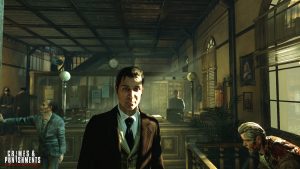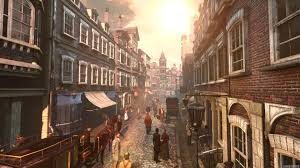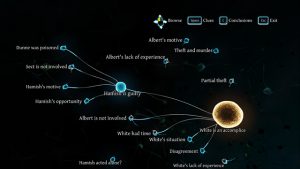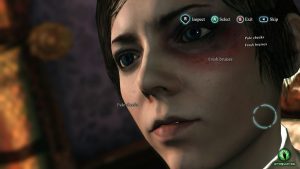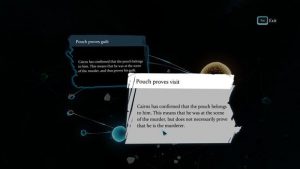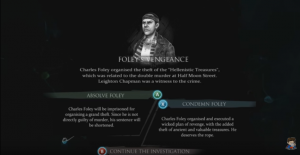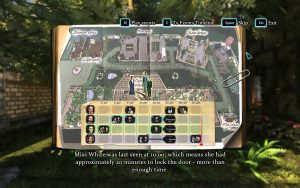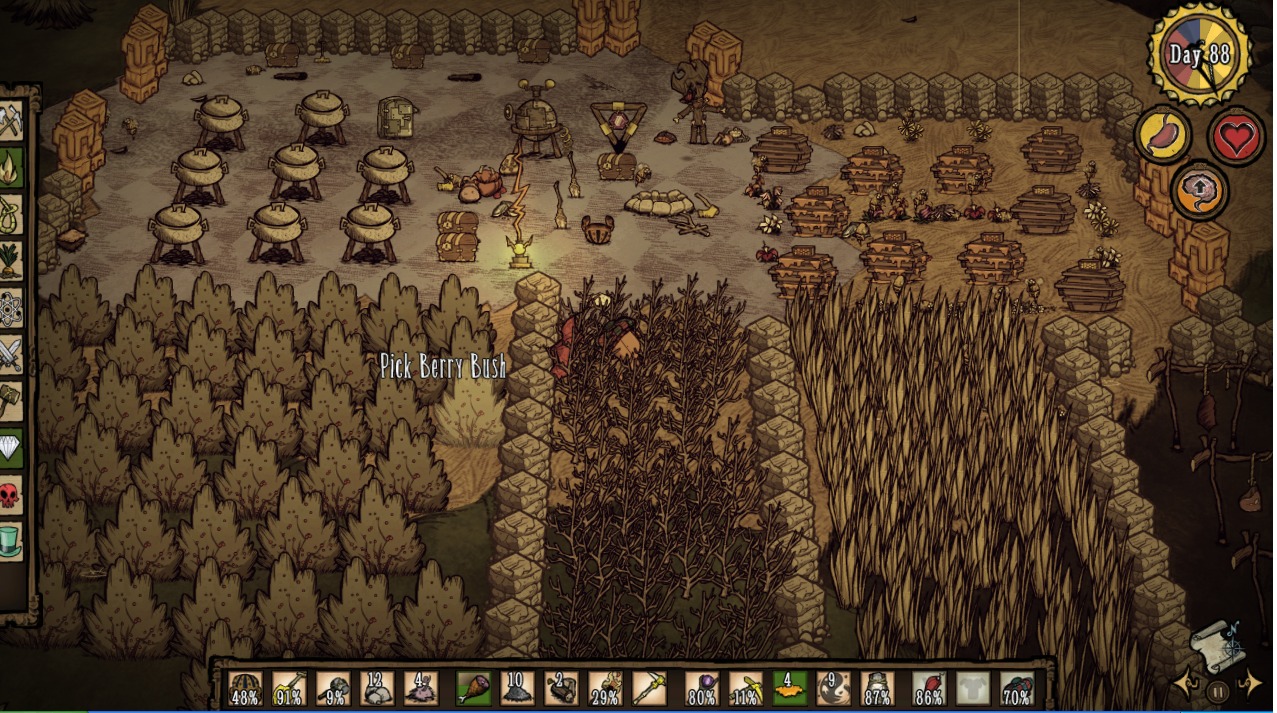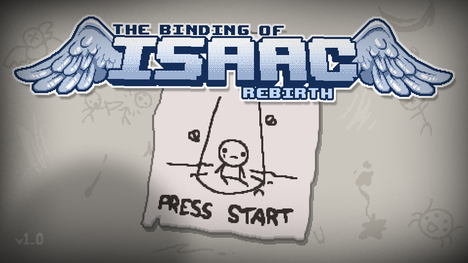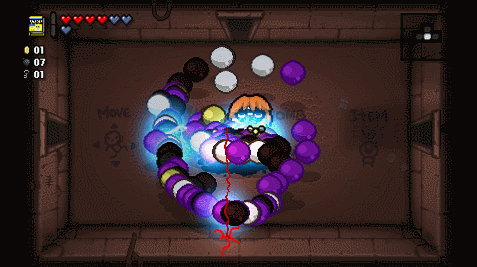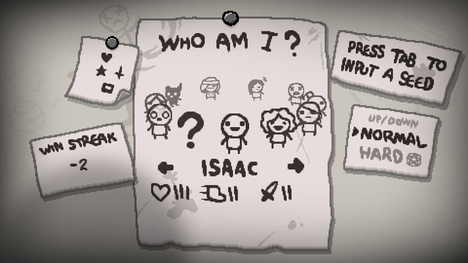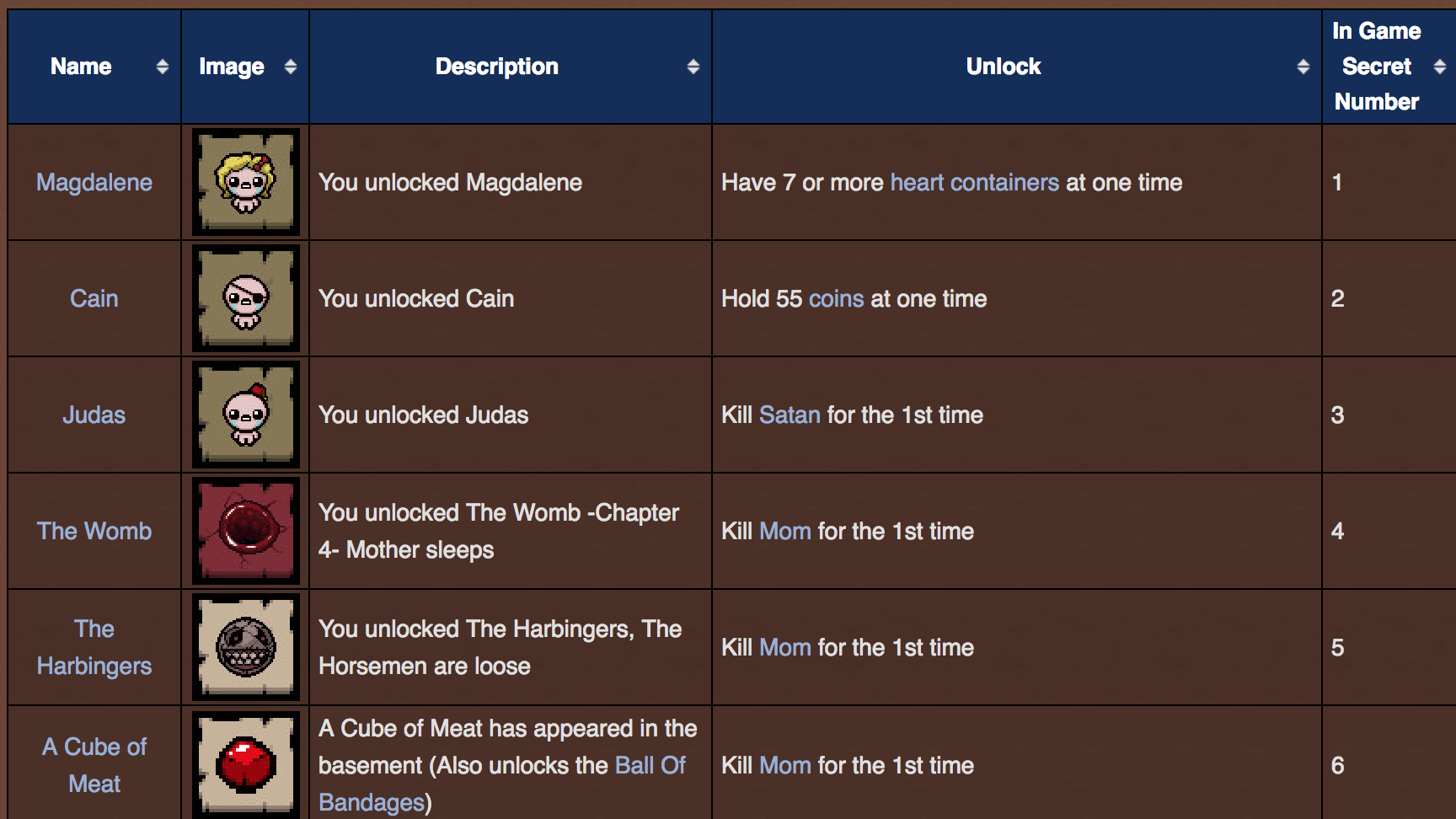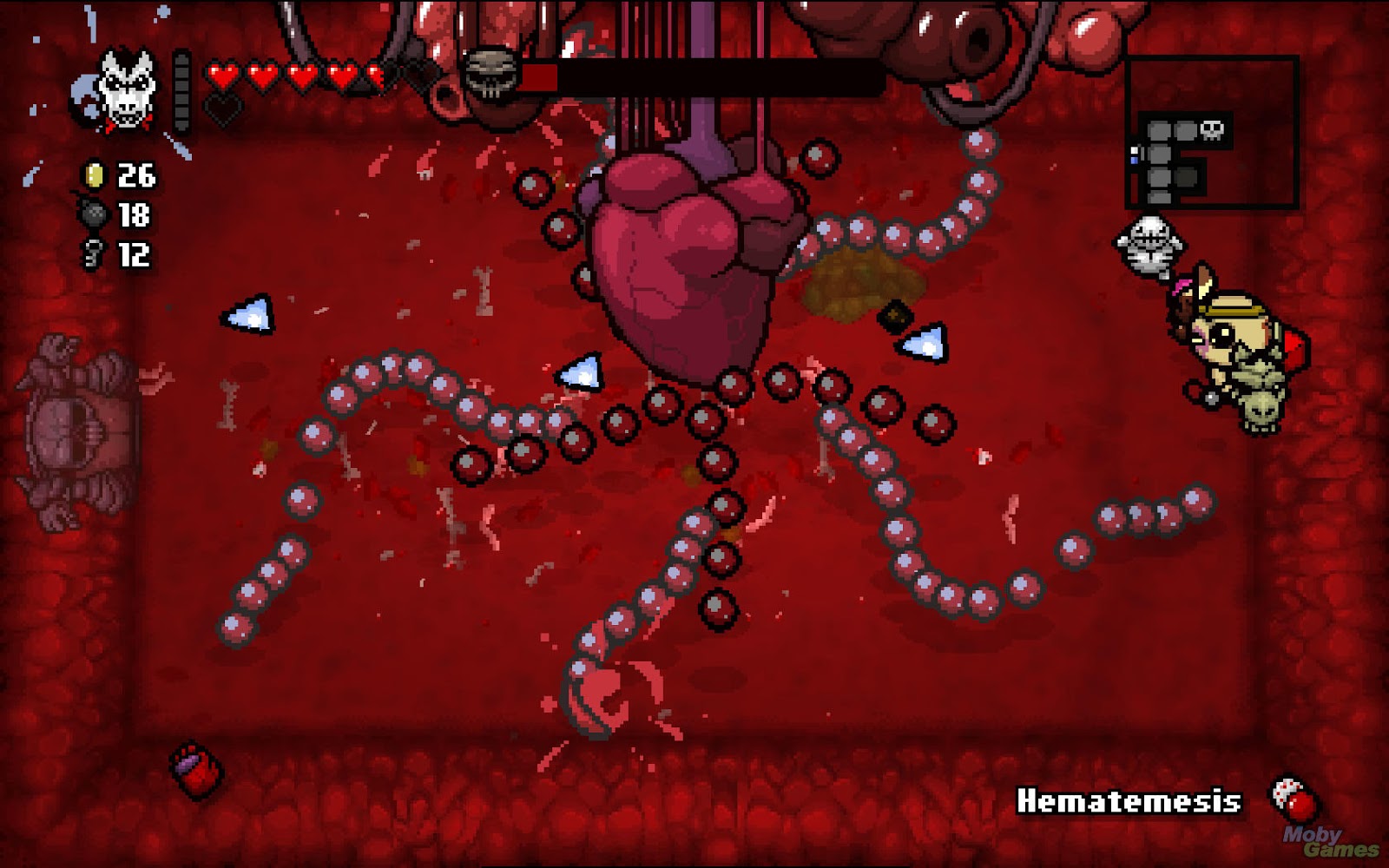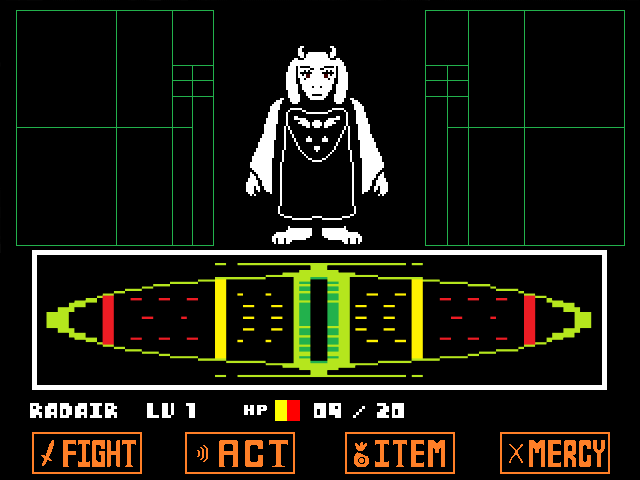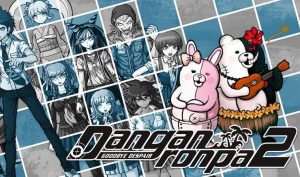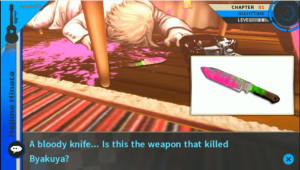
Rust is an Early Access massive multiplayer survival game created by Facepunch Studios. Rust was inspired by games like DayZ, Minecraft and Stalker. In Rust, players can determine how they would like to play using the game’s building tools to attempt surviving through harsh open world environment conditions, such as attacks from wildlife, radiation, starvation, temperatures as well as other players.
Website: https://playrust.com/
Gameplay: https://www.youtube.com/watch?v=1spGt2Mhzy8
Elemental Tetrad
Technology:
- Rust uses procedural map generation to create a unique map for each server.
- It was developed using Unity 5 game engine.
Mechanics:
Some of the mechanics present in Rust include:
- Ballistic trajectory for its projectiles (arrows and bullets) to simulate a more realistic game physics
- Hit tracking mechanism which means shots to different parts of the body deal different damages
- An extensive crafting system
- In-game voice chat for useful/critical in-game communication
The game mechanics in Rust are not uncommon in any Open World survival games, seeing how it had been compared to as a mix between Arma 2’s Day-Z mod and Minecraft. However, the way Facepunch Studios incorporated them – features that are missing in either Day-Z or Minecraft – made it a game with immense potential.
Story:
There is no story to this game. The developers created the game on the idea that the player shall decide how he or she wants survive the harsh elements within the game as well as how they would like to play the game, be it fighting against others or making allies and helping each other survive. Like what the developers said: “We provide the tools. How players survive is up to them.”
Aesthetics:
Rust’s graphics have significantly improve over recent years since it was first released as an early access game. This was partly due to the development team porting over to the Unity 5 game engine. Structures, foliage and the environment are nicely modelled and built, while wildlife like bears and wolves are nicely implemented. Audio is also properly developed for example, a user can accurately identify the direction an attack helicopter is coming from, as well as footsteps and movement nearby. However, bugs are still present within the game thus negatively affecting players’ game experience at times.
Lens of Time:
Rust uses a Day and night cycle – roughly 50 minutes of daylight and 10 minutes of night – to bring about a sense of time for players in-game. During daylight, visibility is not impaired allowing players to view their surroundings clearly. Hence, it is the best time for players roam about freely and explore. However, when night arrives, visibility is almost zero. It turns pitch black very quickly, even the moonlight is insufficient for illuminating the terrain. The player’s only option will be to use a torch or other craft-able light source, which could potentially be more harmful as he or she becomes an obvious target for other players and/or attack helicopter. The use of time cycle adds an element of strategic play to the game as players would have to plan for each activity, keep in check the time spent as well as considering their ability to respond to danger.
Lens of Expected Value:
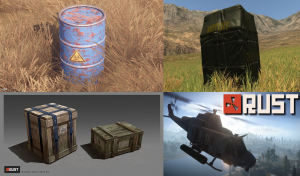
Clockwise From Top-Left : Destructible Barrels, Airdrop, Weapon and Medic Crates, Attack Helicopter
Rust does incorporate the element of chance within their game. Some more notable events are:
- Airdrops, an important element in Rust which happens randomly at random locations around the map, that may contain valuable supplies. Airdrops are delivered via a propeller plane, and can be seen coming in from extremely long distances, this results in players sometimes running towards the airdrop and competing for it.
- Interactive objects such as destructible barrels, medical supply crate and weapons crate are scattered across maps usually at fixed locations near landmark sites, and each of these objects provides players with the chance of obtaining certain resources or items ranging from either common to rare.
- Attack helicopters, another important element to Rust, they are randomly spawned between a certain time interval (24-48 of in-game hours), are NPC-controlled and are rather hard to defeat. The attack helicopters will patrol iconic landmarks in the map called monuments and will fire at players if they are spotted (only on certain conditions). Defeating a helicopter will cause it to drop extremely rare loots but there is a cooldown before players can access the crash sites. This invites challenges from other players who are keen to attempt stealing the loot.
Lens of Competition vs Cooperation:
The most important goal in Rust is to survive, not only from the environment but more importantly other players. As mentioned above, players ultimately have to compete for resources and items. However, the open and free playing concept of Rust also enables cooperation between players. One good example is the option for players to form “clans” in the game. Clans creates an in-game faction where players belonging to the same faction help each other with housing, provision of items and supplies, partaking in organized raiding of other players and looting. The feature of clans creates a balance for competition and cooperation, as it helps to make the game more enjoyable by giving new players a lifeline to work with others, rather than always getting killed by more established and advanced players a few moments into the game.
Lens of Imagination:
Building is an essential tool for survival in games, and this is also likewise a prevalent concept in Rust. Like Minecraft, albeit with a more extensive building system, players can use their imagination and build homes or structures in the game for different purposes. This freedom allows players to be creative and tactical with building a base for survival, which is evident from the numerous video tutorials and guides to building different structures increasingly found on sites like YouTube and Rust’s community pages.


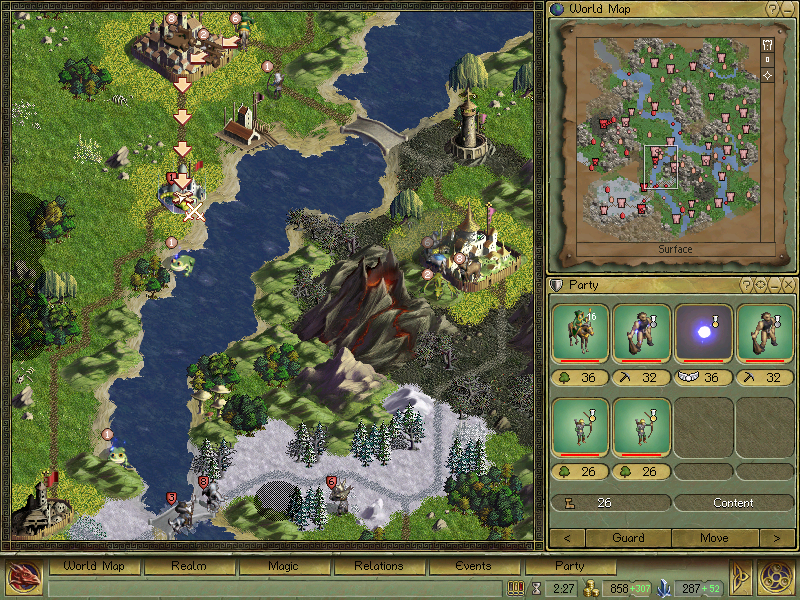

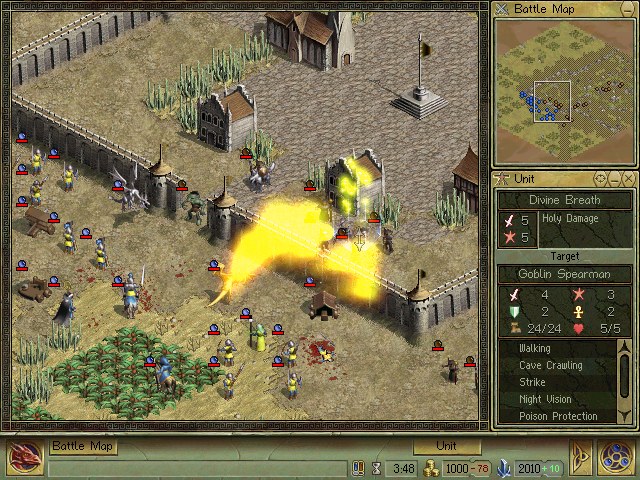
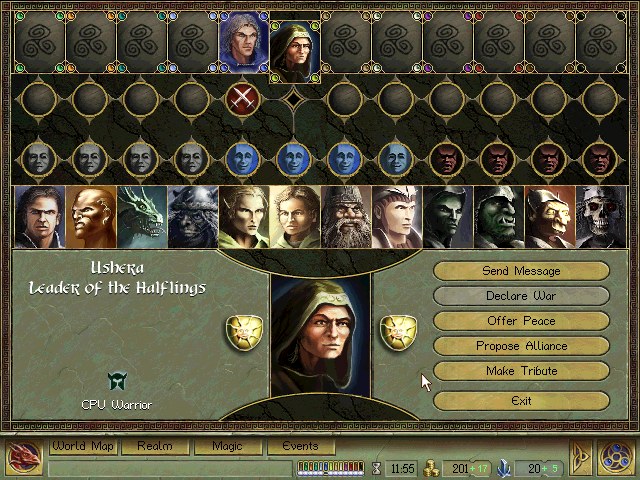
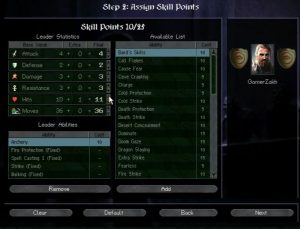
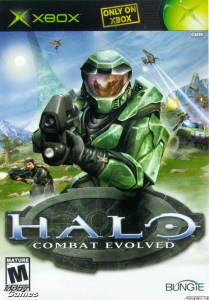
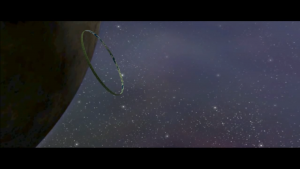
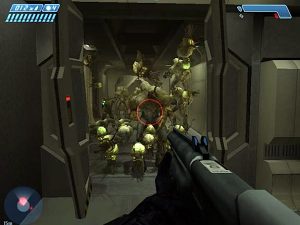

 ability of flying. As we collect more red cloth during the journey, the ability of flying will be enhanced. As we walk towards the high mountain, we will go through remnants of a once-thriving civilization. As we complete one chapter, we will find the stones where the forerunners rest and watch a fresco to know about the development of this civilization. During this journey, we will experience exploration, cooperation, dangers and even death. At last, when the travelers arrive at the top of the mountain, he will becomes a white meteor to the starting desert and start a new journey.
ability of flying. As we collect more red cloth during the journey, the ability of flying will be enhanced. As we walk towards the high mountain, we will go through remnants of a once-thriving civilization. As we complete one chapter, we will find the stones where the forerunners rest and watch a fresco to know about the development of this civilization. During this journey, we will experience exploration, cooperation, dangers and even death. At last, when the travelers arrive at the top of the mountain, he will becomes a white meteor to the starting desert and start a new journey.



